Shorttoed treecreeper BirdForum
Certhia brachydactyla with the common name Short-toed Treecreeper, belongs to the Birds group it is geographically distrubuted among the following countries/areas: Andorra, Albania, Austria, Austria, Azerbaijan, Azerbaijan, Bosnia and Herzegovina, Belgium, Bulgaria, Switzerland, Serbia and Montenegro, Cyprus, Czech Republic, Germany, Germany.
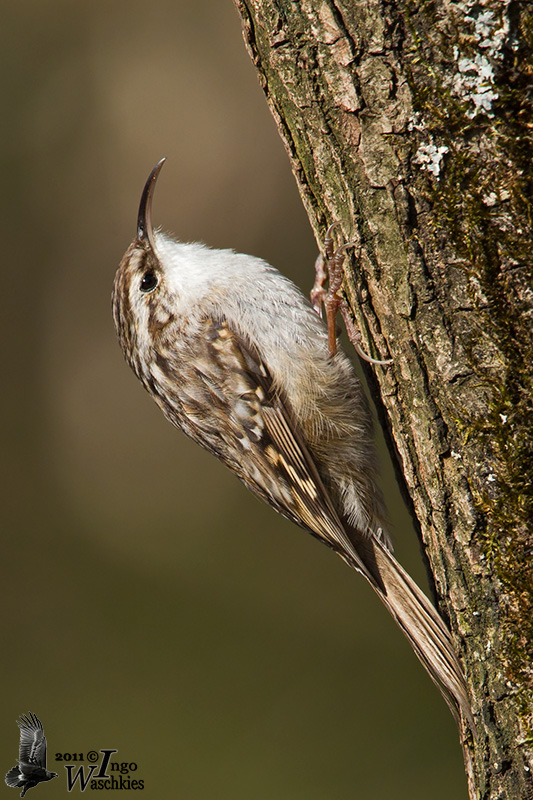
Adult Shorttoed Treecreeper (ssp. brachydactyla ) photo Ingo Waschkies photos at
Short-toed Treecreeper (Certhia brachydactyla) Very similar to Treecreeper C. familiaris, and id by sound generally easier than by appearance in areas where both species occur. Primaries with small, almost pure white tips restricted to outer web. Hind-claw shorter than hind-toe. Wing-bar usually with even "steps", but often difficult to determine.
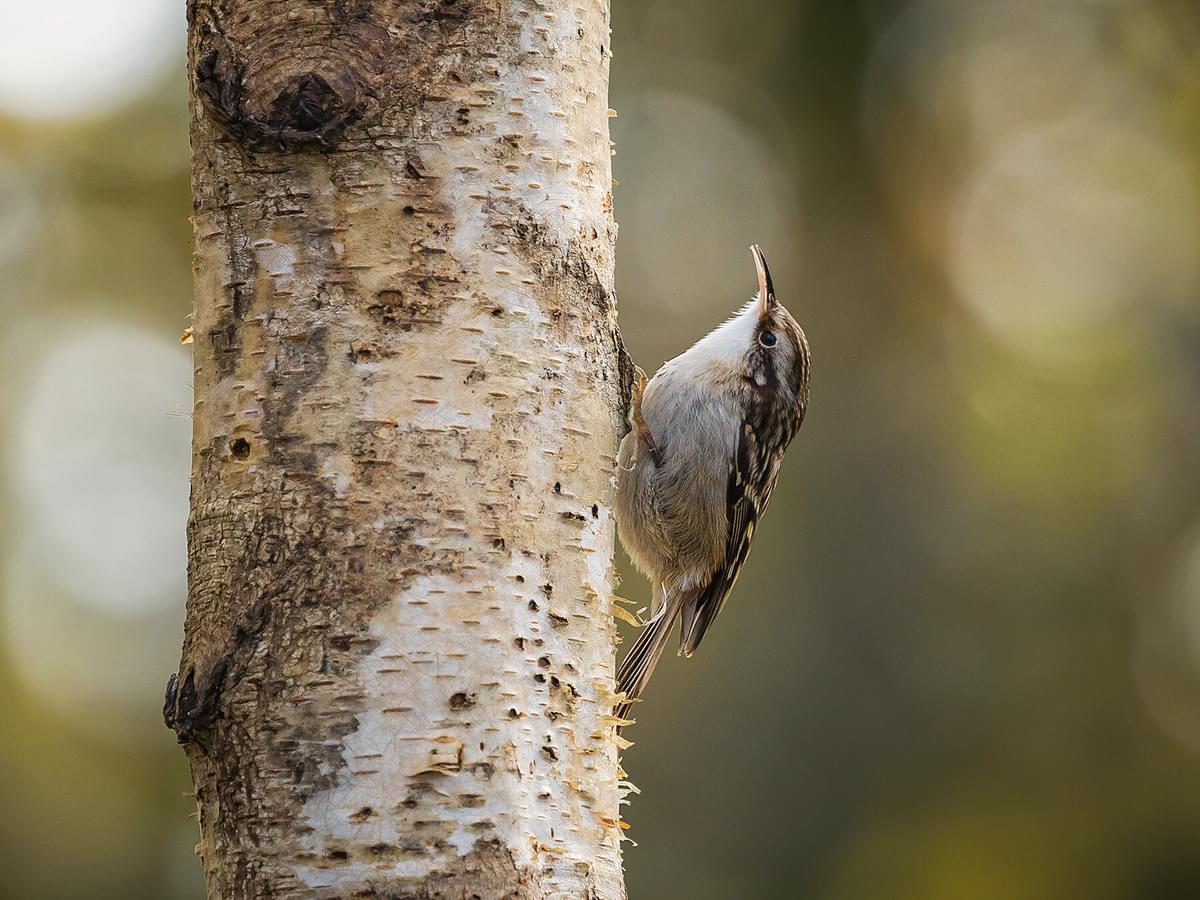
ShortToed Treecreeper Bird Facts (Certhia brachydactyla) Bird Fact
1294 foreground recordings and 2490 background recordings of Certhia brachydactyla . Total recording duration 14:36:08.. ? ? ? begging calls out of the nest. ? Microphone a few centimeters from an unusually low nest in the middle of a busy university campus.
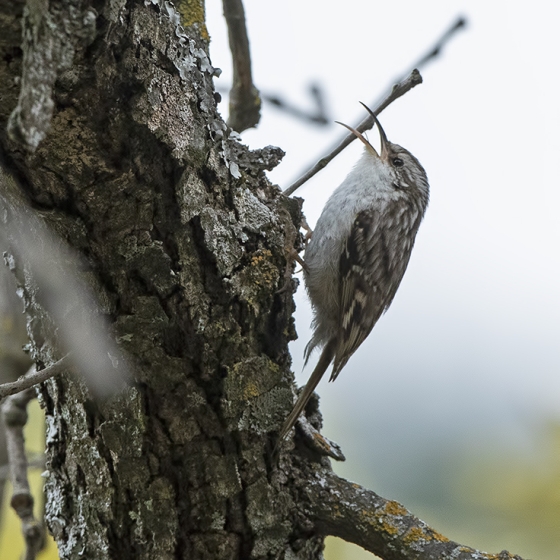
Shorttoed Treecreeper BTO British Trust for Ornithology
The short-toed treecreeper ( Certhia brachydactyla) is a small passerine bird found in woodlands through much of the warmer regions of Europe and into north Africa. It has a generally more southerly distribution than the other European treecreeper species, the common treecreeper, with which it is easily confused where they both occur.
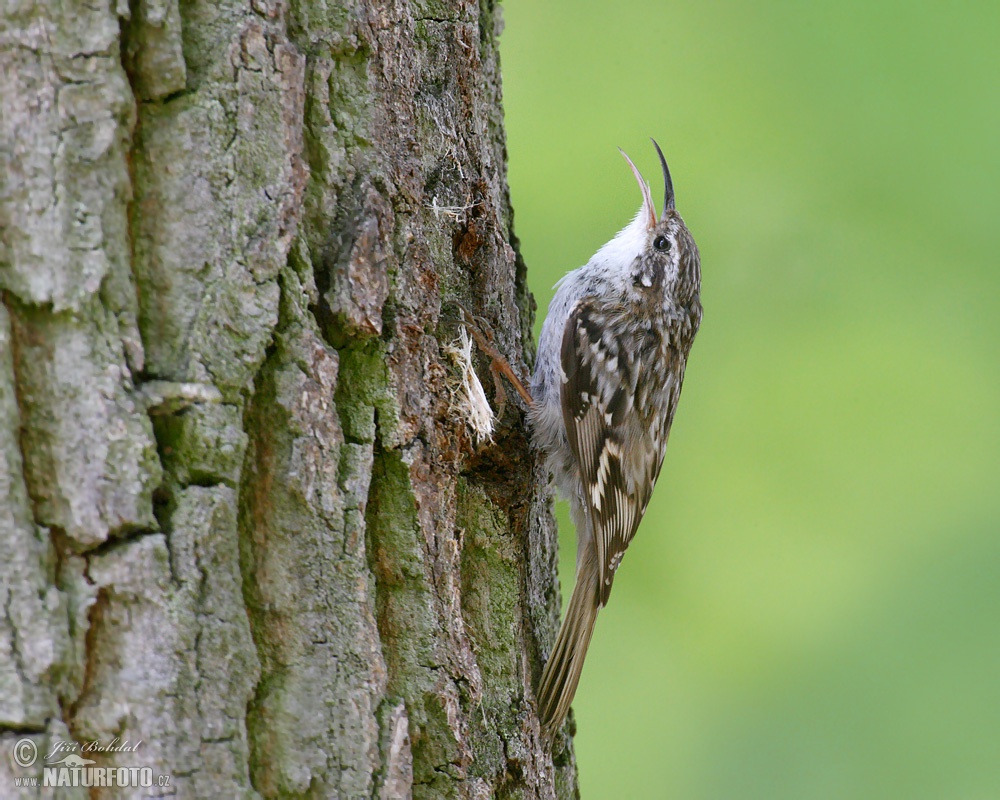
Shorttoed Treecreeper Photos, Shorttoed Treecreeper Images, Nature Wildlife Pictures NaturePhoto
The short-toed treecreeper ( Certhia brachydactyla) is a small perching bird known as a passeriform. Its brown patterned plumage perfectly camouflages it in trees, making it difficult to spot. When foraging, however, treecreepers are easy to observe as they flit along tree trunks and branches in a distinctively jerky way.
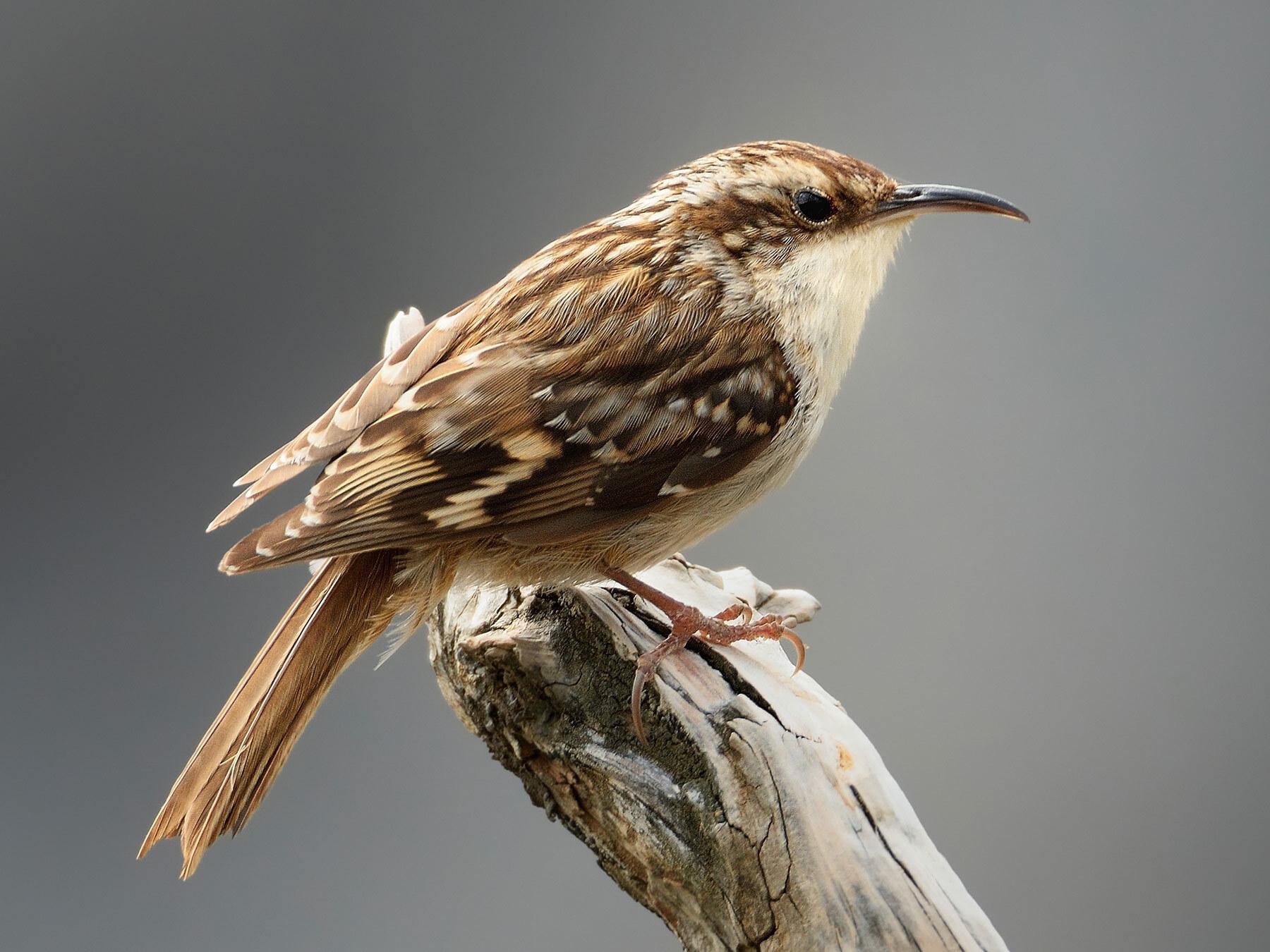
ShortToed Treecreeper Bird Facts (Certhia brachydactyla) Bird Fact
Where it overlaps in range with Eurasian Treecreeper tends to be found in more deciduous woodlands at lower altitudes and in farmlands and parks. Difficult to separate from Eurasian Treecreeper: note slightly longer bill, shorter hind claw, browner flanks, and even steps on the wingbar. In the field best separated by voice, a penetrating.

Shorttoed treecreeper nesting, birdsong & diet Plantura
Certhia brachydactyla Show related species. subspecies; Short-toed Treecreeper ssp megarhynchos - Certhia brachydactyla megarhynchos; Short-toed Treecreeper ssp brachydactyla - Certhia brachydactyla brachydactyla; Short-toed Treecreeper ssp mauritanica - Certhia brachydactyla mauritanica; Short-toed Treecreeper ssp dorotheae - Certhia brachydactyla dorotheae; Short-toed Treecreeper ssp.

ShortToed Treecreeper Feathers Free photo on Pixabay
The treecreepers are a family, Certhiidae, of small passerine birds, widespread in wooded regions of the Northern Hemisphere and sub-Saharan Africa. The family contains eleven species in two genera, Certhia and Salpornis. Their plumage is dull-coloured, and as their name implies, they climb over the surface of trees in search of food.
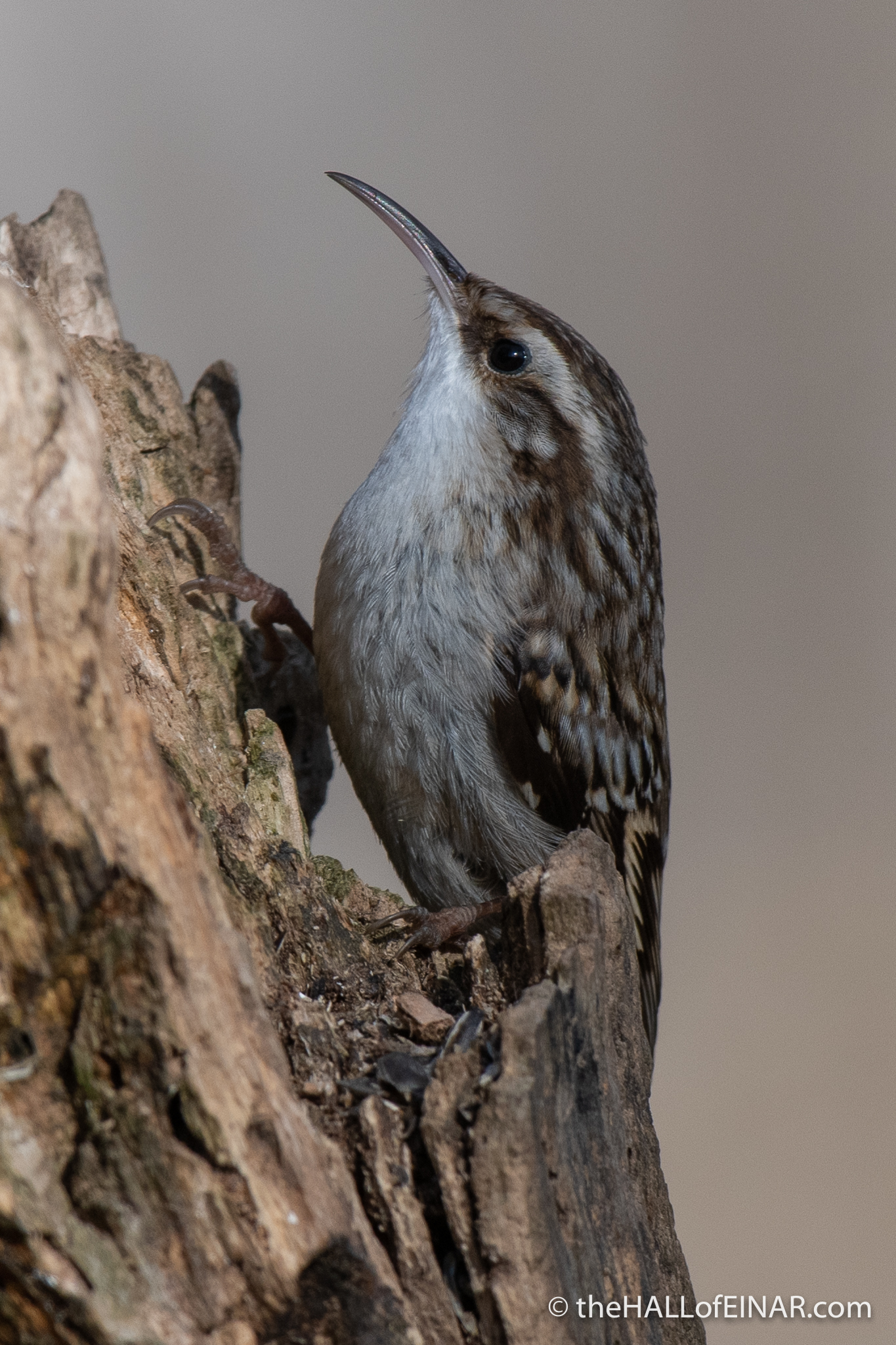
ShortToed Treecreepers and reflections on bird photography David at the HALL of EINAR
The short-toed treecreeper (Certhia brachydactyla) is a small passerine bird found in woodlands through much of the warmer regions of Europe and into north Africa. It has a generally more southerly distribution than the other European treecreeper species, the common treecreeper, with which it is easily confused where they both occur.
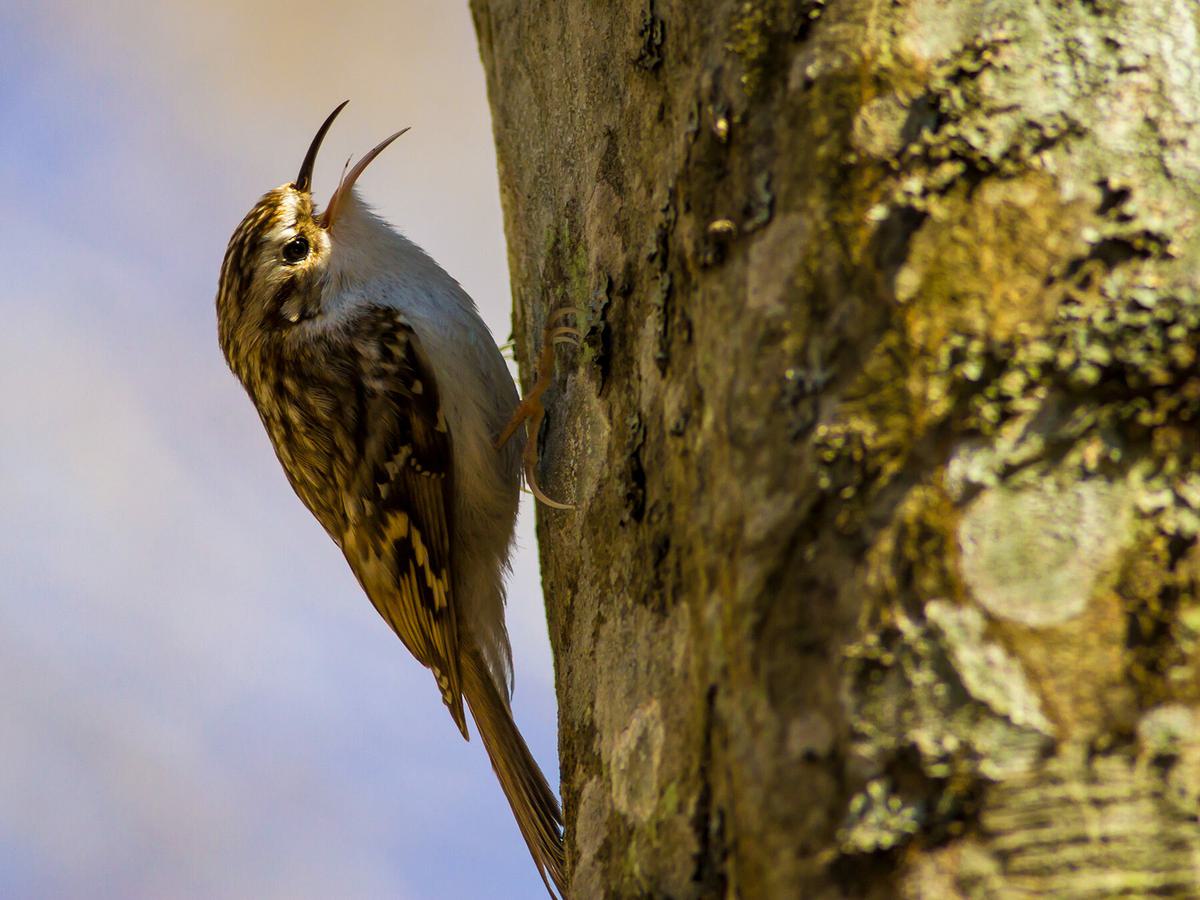
ShortToed Treecreeper Bird Facts (Certhia brachydactyla) Bird Fact
The short-toed treecreeper (Certhia brachydactyla) is a small passerine bird found in woodlands through much of the warmer regions of Europe and into north Africa. It has a generally more southerly distribution than the other European treecreeper species, the common treecreeper, with which it is easily confused where they both occur.

ShortToed Treecreeper Bird Facts (Certhia brachydactyla) Bird Fact
The short-toed treecreeper ( Certhia brachydactyla ) is a small passerine bird found in woodlands through much of the warmer regions of Europe and into north Africa. It has a generally more southerly distribution than the other European treecreeper species, the common treecreeper, with which it is easily confused where they both occur.

Shorttoed Treecreeper eBird
Short-toed Treecreeper Certhia brachydactyla (CL Brehm, 1820) TH SHTTR 14870 Family: Passeriformes > Certhiidae Although widely distributed in Europe (including the Channel Islands), the Short-toed Treecreeper is a very rare visitor to Britain (and hasn't been recorded in Ireland).
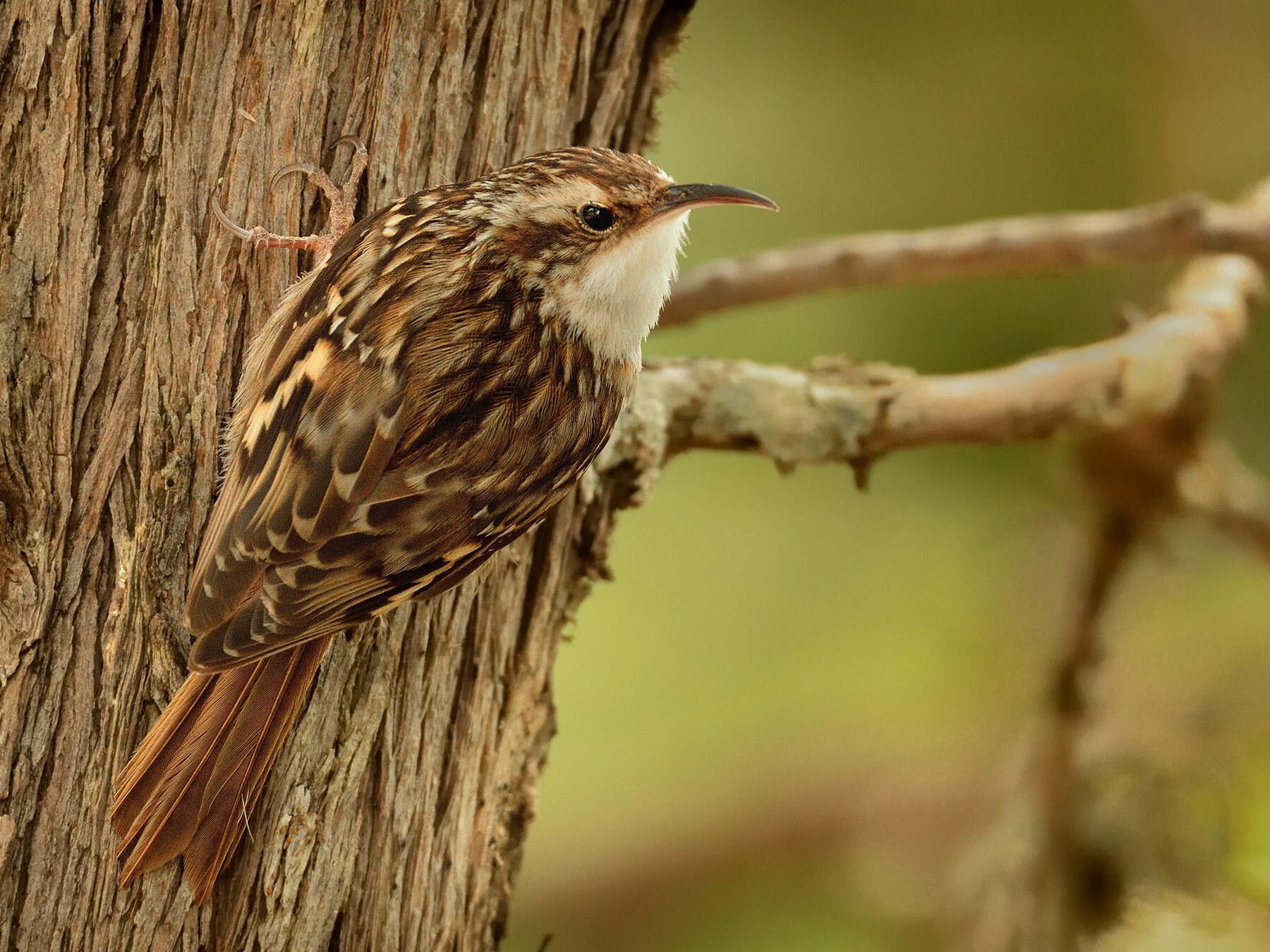
ShortToed Treecreeper Bird Facts (Certhia brachydactyla) Bird Fact
Short-toed Treecreeper Fr: Grimpereau des jardins Ang: Short-toed Treecreeper All: Gartenbaumläufer Esp: Agateador Europeo Ita: Rampichino comune Nd: Boomkruiper Sd: trädgårdsträdkrypare Photographers: Jean Michel Fenerole Photos d'Oiseaux du monde Otto Plantema Trips around the world William Price PBase-tereksandpiper & Flickr William Price

Treecreeper Shorttoed treecreeper (Certhia brachydactyla)… Flickr
The Treecreeper uses its toes to cling. The shorter toes of the Short-toed Treecreeper represent a less firm attachment to earthly things, and a willingness to let go of safe, comfortable preconceptions in order to enter the "the ancient mysteries, symbolic of death, where alone Divine Truth is to be found", as Joe Nickell puts it.

Shorttoed Treecreeper Foraging on Tree Trunk in Forest Stock Photo Image of camouflage
The Short-Toed Treecreeper is a small tree-dwelling bird with downcurved bill. It breeds in the Channel Islands and France but is a vagrant to the UK. Read more
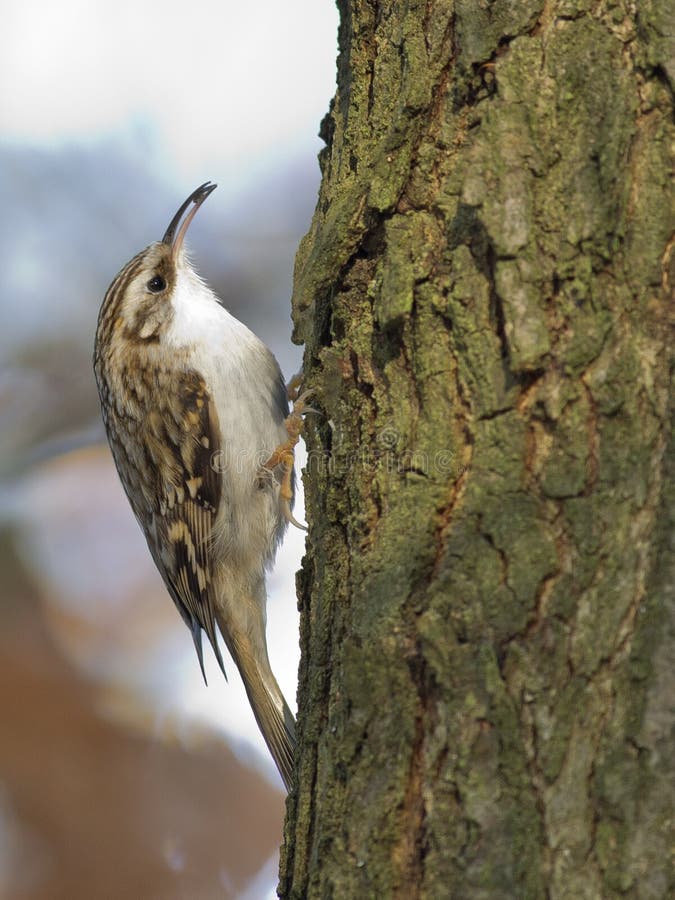
Shorttoed treecreeper stock photo. Image of bird, tree 36364400
The short-toed treecreeper is a small passerine bird found in woodlands through much of the warmer regions of Europe and into north Africa. It has a generally more southerly distribution than the other European treecreeper species, the common treecreeper, with which it is easily confused where they both occur.